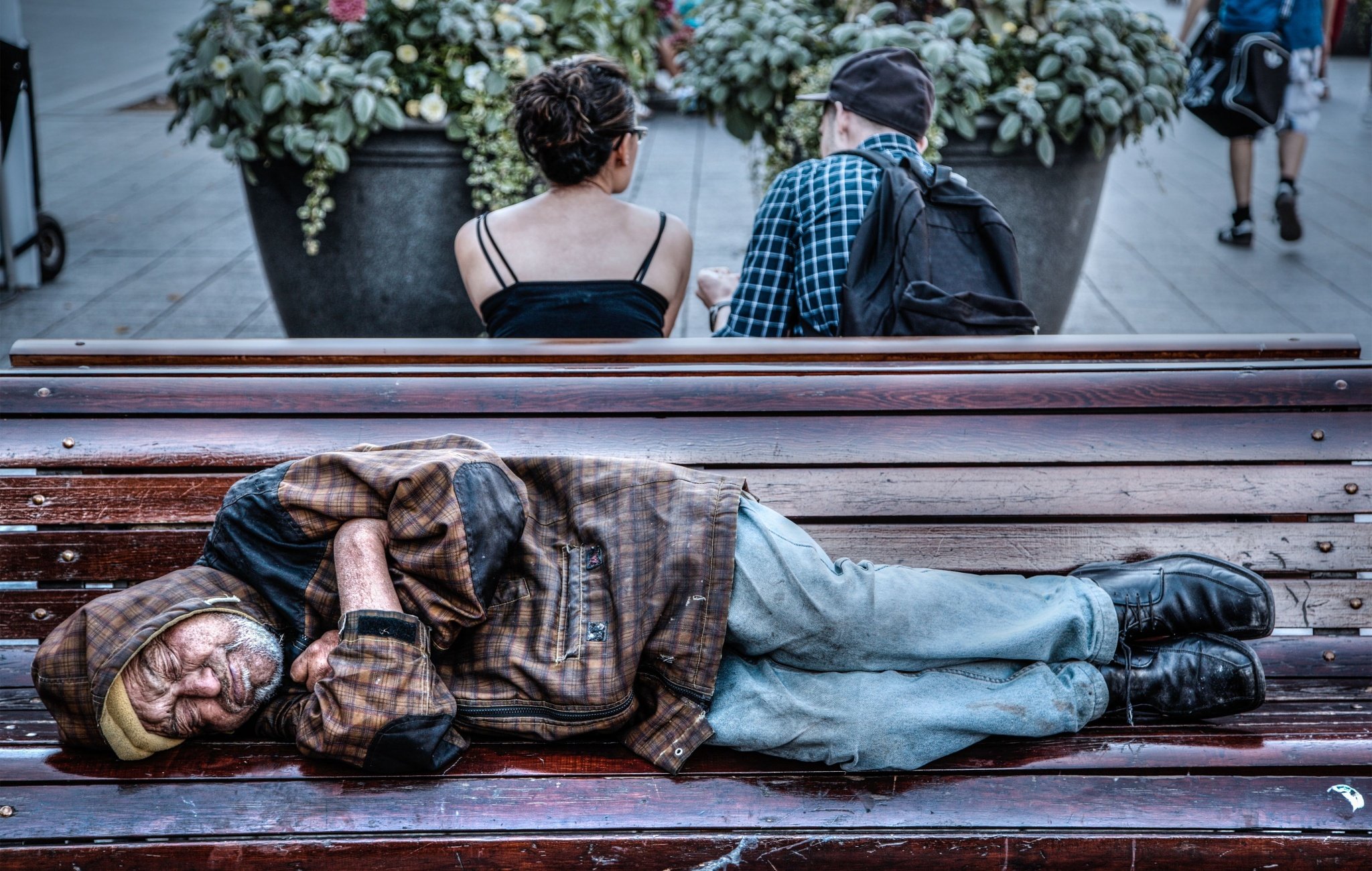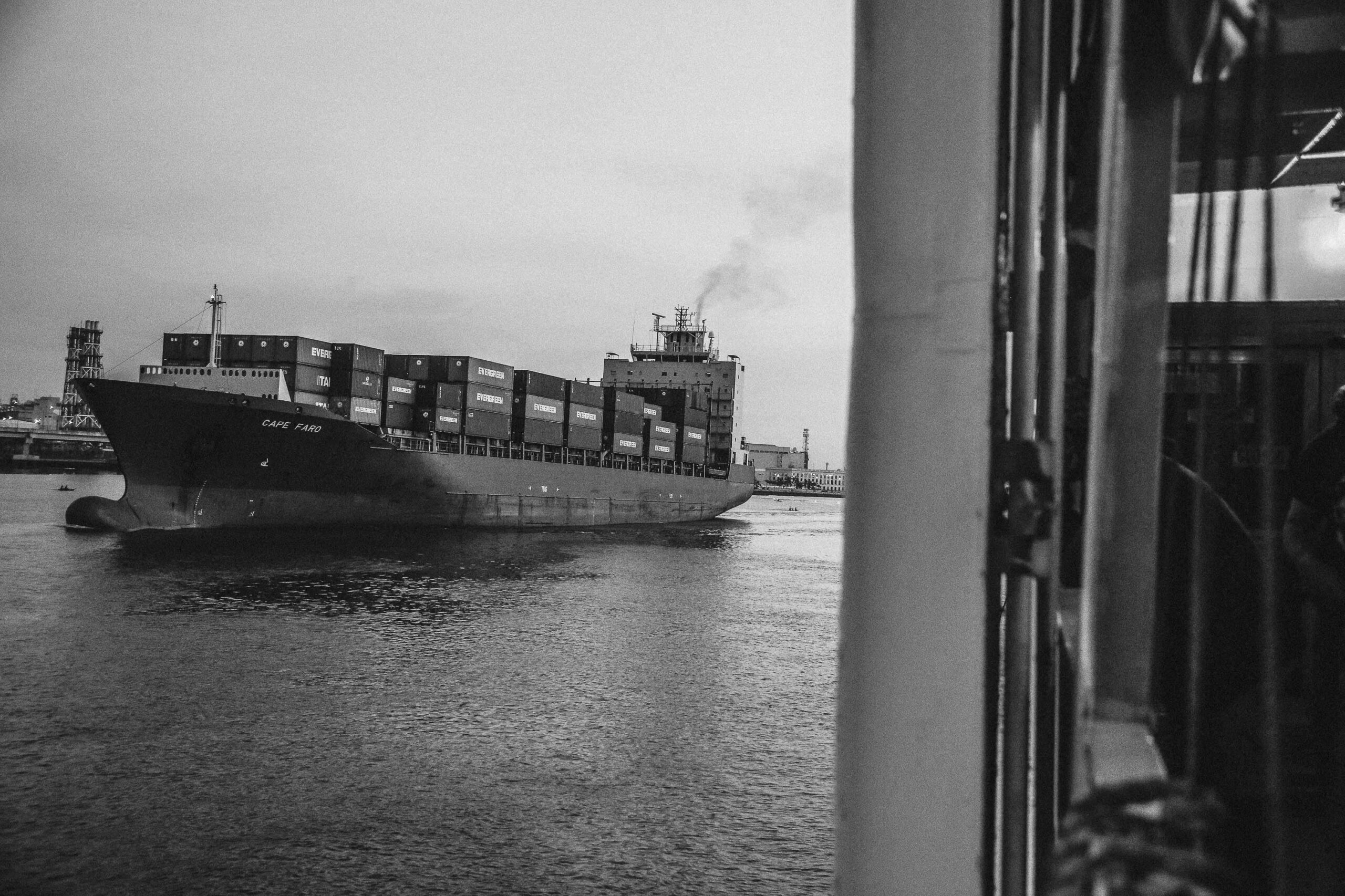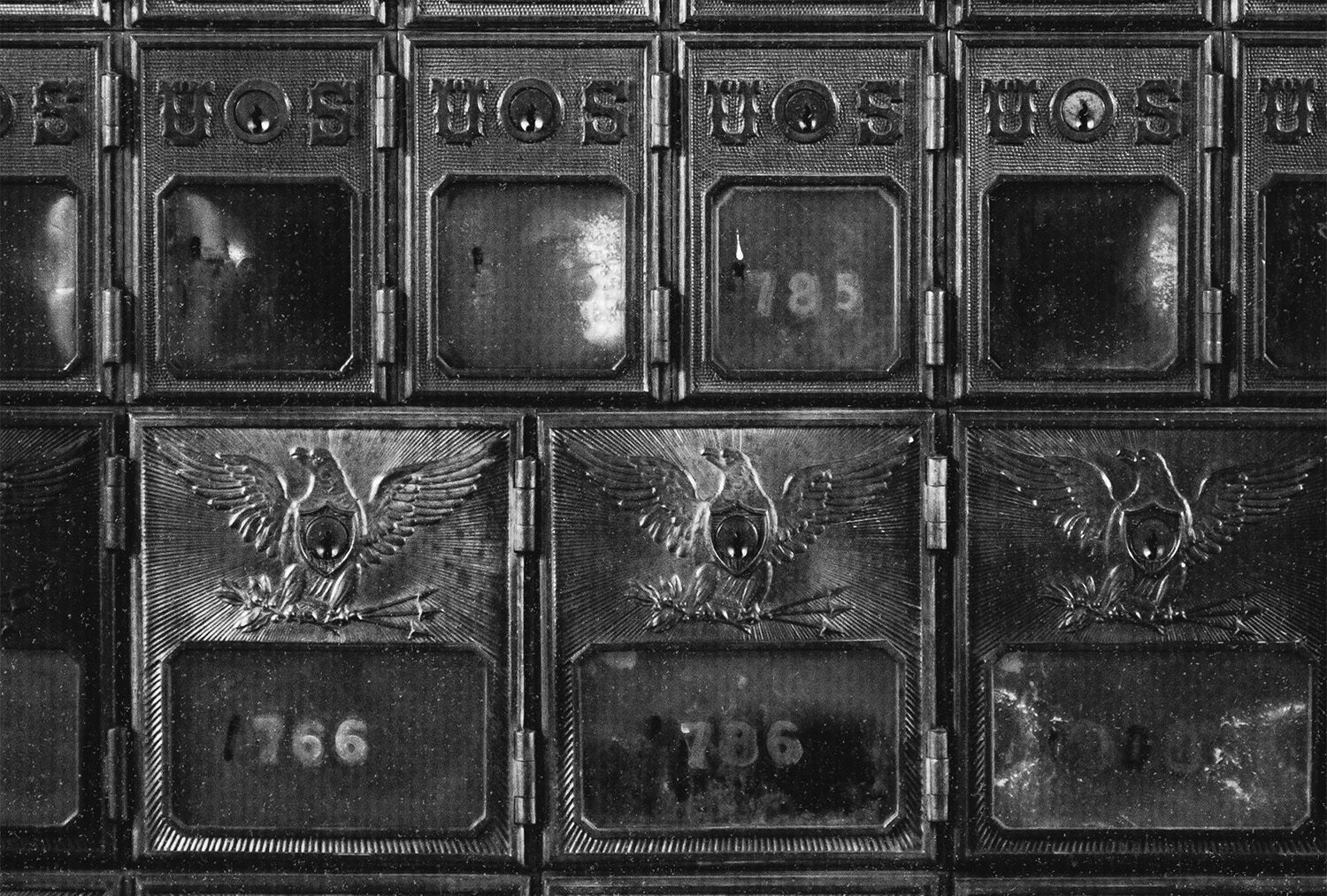
The experience of poverty is debilitating and leaves deep scars. People who have experienced poverty are observed to have lasting health, educational, and psychological consequences. Prolonged spells below the poverty line are also associated with social isolation because, when in that situation, attempts to deal with the consequences of material privation necessitate a decline in community engagement. Moreover, the desperation that comes from being in poverty makes people more vulnerable to exploitation. This can include exploitative labour practices, human trafficking, and other forms of abuse. Children in impoverished environments are particularly at risk.
Usually, when discussing policy remedies, the discussion revolves around redistributive measures such as greater spending on education, the provision of social housing projects, the expansion of direct cash transfers, or even the creation of new ones.
Less frequently heard are proposals that speak to the role of markets in creating pathways out of persistent poverty. In an article recently accepted at Journal of Economic Behavior and Organization, James Dean and I argue that the potency of markets in alleviating poverty is deeply underestimated. As such, we shift the focus to the benefits of economic freedom — the alleviation of taxation, the shrinking of government, the reduction of labor market regulations, and the protection of property rights.
Four mechanisms connect greater economic freedom to poverty alleviation. The first is enhanced economic growth and job creation. A freer economy attracts more businesses and investments. Fewer regulations and lower taxes reduce the cost and complexity of starting and operating businesses, which encourages entrepreneurship and leads to job creation and economic growth. This means more opportunities for the poor to climb out of poverty. Second, lower taxes allow for greater rewards to effort, enhancing motivation. Third, the absence of regulation means that many regulatory barriers — such as costly occupational licences or business permits — are eliminated, which allow for new pathways out of poverty to emerge. Fourth, economic freedom flattens barriers to geographic mobility, such that people can move to places of greater opportunity. A contemporary example of this mechanism is land-use regulations in cities which restrict the supply of housing. By increasing the price of housing, these regulations make cities inaccessible to the poor, even if they are hubs of economic opportunities. As such, people are stuck in areas with limited economic opportunities. The removal of these barriers also complements the effect of lower taxes, as factors that demotivate people from trying new pathways are removed. As such, their removal acts as motivator.
Together, these four mechanisms produce an environment where the poor are given the necessary room to exert agency and improve their lives through their own efforts. The repeated result is sustainable poverty reduction. Notice that nowhere does this negate the possibility of some targeted redistribution — think of Milton Friedman’s basic income proposal or school vouchers — that help pull the poor out of poverty. In other words, these mechanisms mean that we stop pushing the poor down!
Using a rich set of data from Statistics Canada, which tracks the “low-income status” (poverty status) of Canadians since 1992, our research examined various indicators such as the length of poverty spells, rates of entry and exit from poverty, and the persistence of low-income status over time. This detailed data allows us to investigate not just the state of poverty but its dynamics — how people enter and exit poverty, and how long they remain impoverished. This Canadian dataset is unique in the world in terms of quality, coverage, and its ability to study the many different aspects of poverty. We then combined it with the Fraser Institute’s Index of Economic Freedom for Canadian provinces, which has components for government transfers to people, taxation burdens, and regulation of labour.
We found that “extremely” persistent poverty (people who remained more than eight years below the poverty) line was strongly associated with low economic freedom. An extra point on the index of economic freedom — which goes from 0 to 10 — caused a half-point reduction in the rate of extremely persistent poverty.
To give you an idea of the importance of this finding, we took the difference between the provinces of Quebec and Alberta. Both provinces are the extreme ends of the spectrum of economic freedom scores in Canada, with the latter being the freest. We then consider a hypothetical scenario of an “alternate Quebec” with the same level of economic freedom as Alberta. That alternative has an extremely persistent poverty rate of 2.3 percent. In contrast, the “actual” Quebec has a rate of 4.4 percent. Being as economically free as the freest province would cut extremely persistent poverty in Quebec by 50 percent – an immensely desirable result.
We made some similar for a host of other variables such as exit and entry rates out/into poverty and probability of exiting poverty after a given number of years in that condition (poverty traps). For example, we also have the proportion of people who never experience poverty over any eight-year window — we call this “the resistance to poverty rate”. Repeating the same exercise as with extremely persistent poverty rates discussed above, we find that 77.2 percent of people in the “alternate Quebec” never experience poverty — compared with 74.4 percent for the actual Quebec.
Our results were strongest when we considered taxation and labour market regulation. Most importantly, government transfers to individuals had no systematic effect (positive or negative). Why do I say “most importantly”? Because government transfers are the “pulling out” mechanism that everyone discusses in most policy conversations about poverty alleviation. While our findings suggest that they are not damaging, they also suggest that they are not terribly important — especially when contrasted with the potency of economic freedom.
Our findings indicate that it’s time to reevaluate approaches to reducing poverty. While targeted redistributive policies may have their place on an individual basis, focusing primarily on these measures is akin to debating wallpaper choices and paint colors while the house is still being built. These discussions, although pertinent, miss the central issue. The primary focus should be on enhancing economic freedom, as it is the key mechanism that enables individuals to elevate themselves out of poverty. Any improvements in economic freedom directly empower people to improve their own economic situations.




